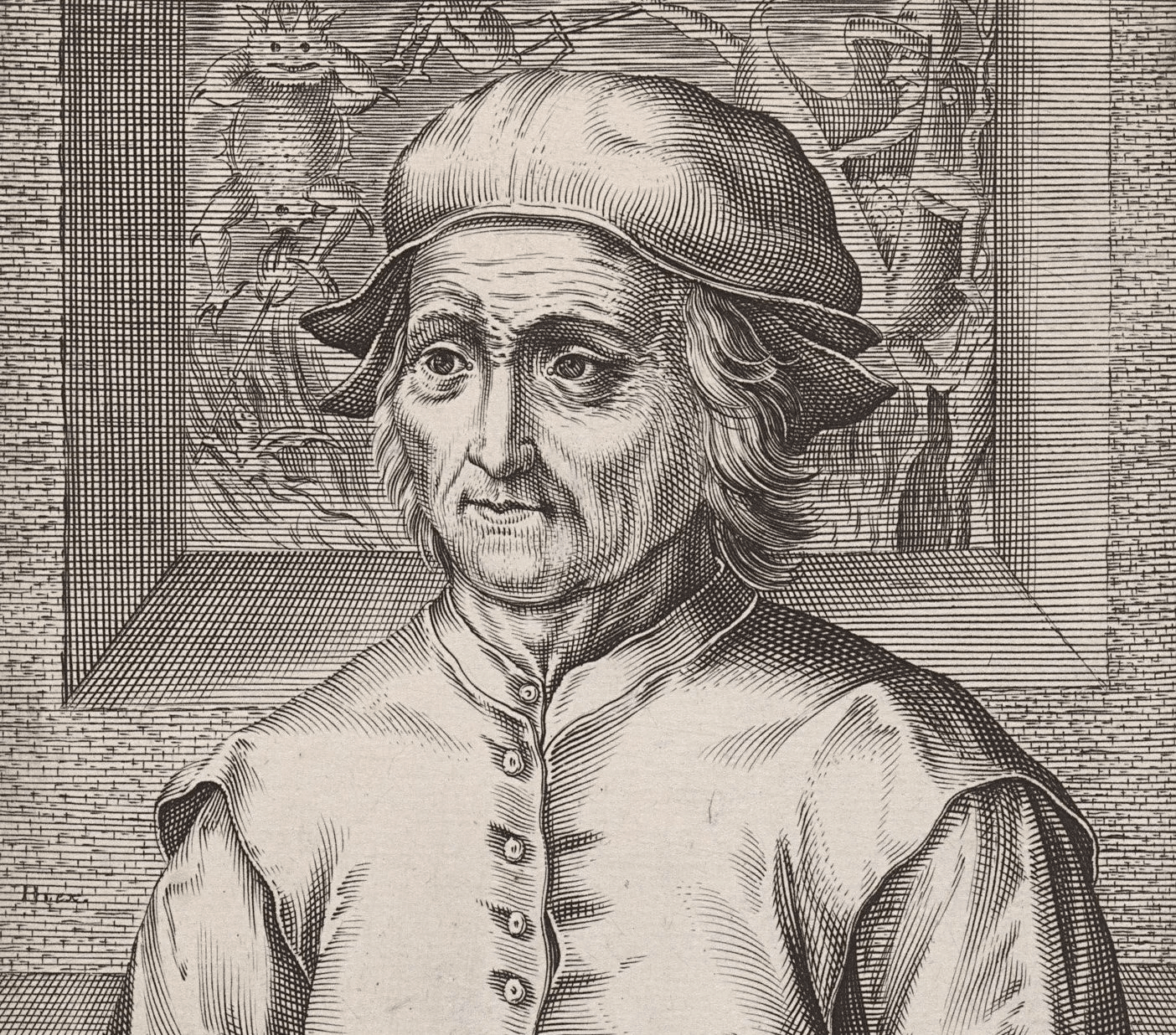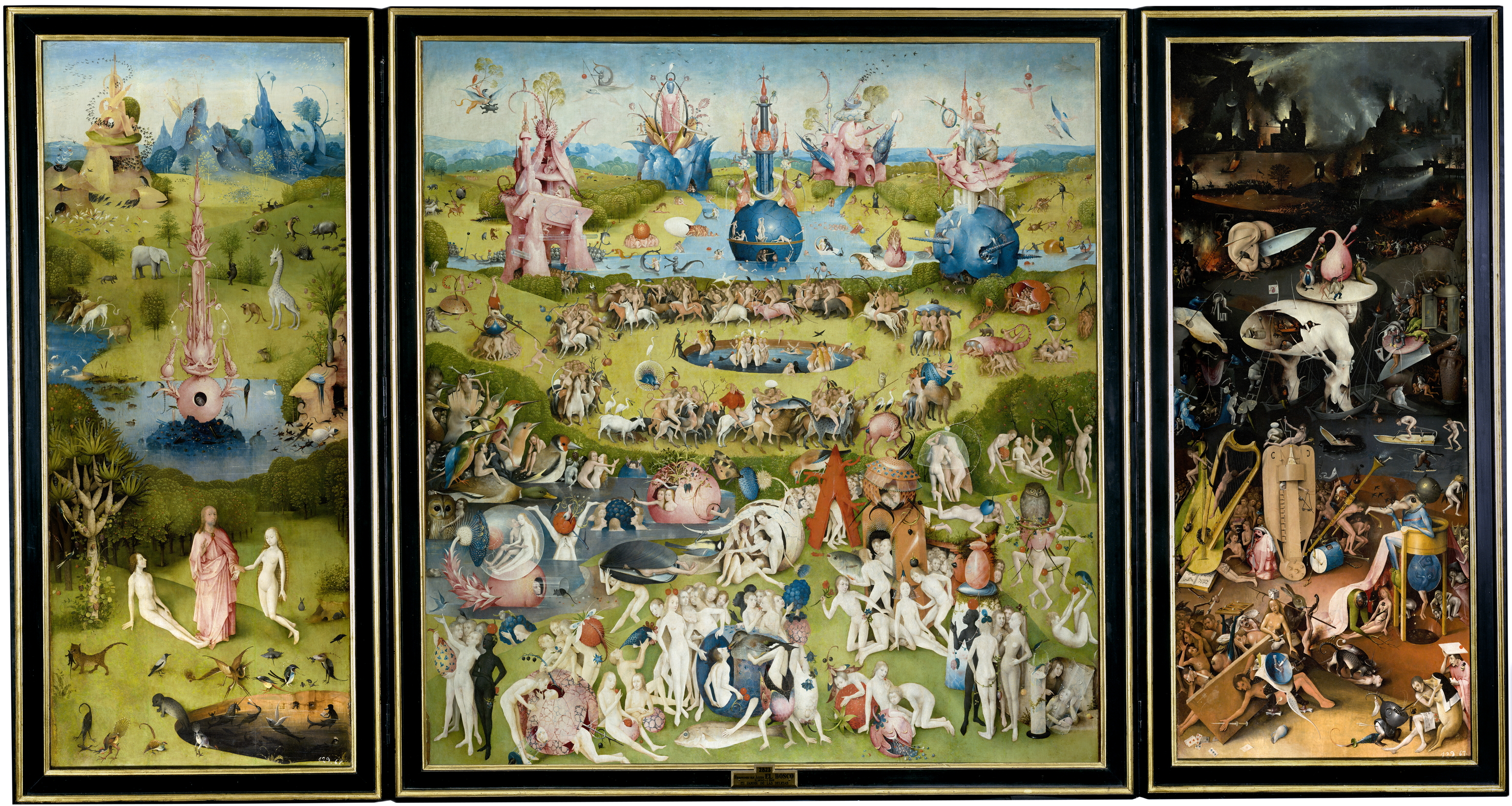
Bosch: the most mysterious painter in history
Johannes Bosch, better known as Hieronymus Bosch, is one of the most enigmatic painters in the history of art. His artworks capture the quiet mysteries of plant and animal life, and the both the intrigue and the symmetry of everyday objects. Let's See a more in depth look at his life.
What do we know about Bosch?
According to historians, Bosch was a "distant and inaccessible artist" within classical art pattern. He achieved his masterpieces in painting, a rara species among well-known painters in the history of art.
One notable work that Bosch did not sign is the painting The Ascension, but the limited information available indicates that his family were members of the Confraternity of Our Lady and that he was a member.

Hieronymus Bosch, Cielo e infierno (cuatro visiones del inframundo), 1516
One of the reasons that no work can be attributed to him with certainty is that his style has only been confirmed by taking into account a small number or works mentioned by literary sources.Moreover, it is difficult to distinguish between the real Bosch and the many imitators or followers of his work that he had.
One of the main characteristics of Bosch's painting is the satirical vein he exhibits, especially when dealing with the more traditional doctrine of the Catholic Church. His allusions to sin, the transience of life or the folly of man are very frequent.
For many, Bosch's true innovation was the use of burlesque and amusing elements, "placing in the midst of those mockeries many primors and strangenesses," as Fray José de Sigüenza said.
Another peculiarity of Bosch is that he used very thin layers of paint, sometimes leaving the background of the canvas visible.
This, for some, was a way of painting that lacked any technique, compared to other Dutch artists of the time. For others it was a stroke of genius, which allowed him to work faster, as the layers of color dried faster, and at a much lower cost.
In short, Bosch's painting could be inscribed in the Flemish tradition, but, at the same time, it separates itself from it, both in imagery and technique, as we have just commented.
What works by Bosch can be seen in Spain?
Philip II was one of Bosch's admirers and collected many of his works. For this reason, Spain is the place where most of them can be admired.

Hieronymus Bosch, El Jardín de las Delicias, 1505
The Prado Museum in Madrid houses 35 of the painter's most important works. Highlights include the triptych of The Garden of Earthly Delights, The Lamentation over the Body of Christ and The Extraction of the Stone of Madness.
The Garden of Earthly Delights, however, is Bosch's masterpiece and most characteristic work. In addition, it has been considered one of the most attractive and mysterious works (like everything around the painter) in the history of art.
It is a work of two meters high and almost four meters wide, consisting of a central panel and two side panels. A work full of symbolic content, about which there are many different interpretations. It obeys a moralizing as well as satirical intention, and it quickly found copyists and imitators.
This marvelous work can be enjoyed, as we mentioned, in the Prado Museum in Madrid, where it has been kept since 1939.
If you are interested in the subject we recommend Prado Art Guide, an essential art guide to discover and learn the essentials of the greatest works, artists and styles in the Prado Museum, available on Amazon.
Buy it here: https://amzn.to/3E5BiZo

